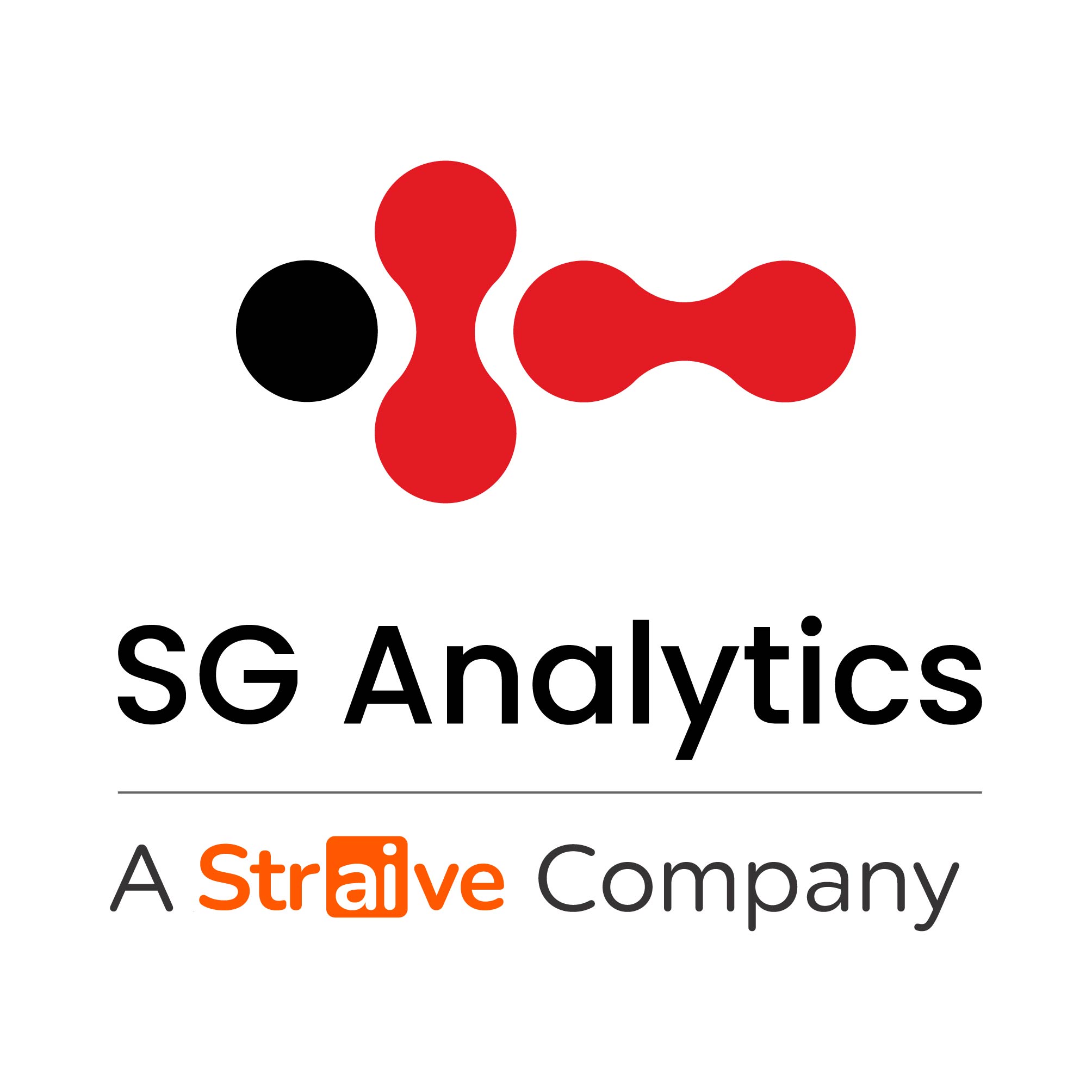- Resources
- Blog
- How Generative AI is Reimagining the Future of Finance
How Generative AI is Reimagining the Future of Finance
AI - Artificial Intelligence
Contents
October, 2025
Introduction
The financial services industry is entering a decisive phase of transformation. Over the past decade, digital disruption has already redefined payments, compliance, and customer engagement. What is different today is the accelerating pace and expanding scale of innovation. Institutions now confront more data, more regulation, and heightened expectations from digitally savvy customers.
Amid this complexity, generative AI has become a powerful catalyst. Unlike traditional automation, it goes beyond predictive analytics by producing new and actionable outputs, such as drafting compliance reports, generating synthetic data to strengthen fraud detection in banking, and delivering tailored financial insights for clients. Together, these capabilities signal a step change in how firms operate and compete.
Executives experience these pressures daily: volatile markets, strict oversight, and mounting competition from fintech challengers. To navigate this environment, generative AI in finance offers a practical response. It accelerates analysis, personalizes services, and embeds resilience into operational models.
In the following sections, we explore what generative AI means for the financial services industry, how it is already creating measurable impact, and what leaders should prioritize as adoption scales.
What Is Generative AI in Financial Services?
Generative AI in financial services refers to the use of deep learning models that create new outputs, not just detect patterns or predict trends. These systems process a wide spectrum of structured financial data (such as transactions, ledgers, and KYC records) alongside unstructured sources (including emails, contracts, and call transcripts) to produce narratives, scenarios, and synthetic datasets that enhance decision-making.
Importantly, the distinction from predictive AI lies in the level of creative intelligence. Predictive models indicate whether fraud is likely to occur; in contrast, generative AI simulates fraudulent behavior at scale, allowing teams to stress-test fraud detection in banking under realistic, controlled conditions. While predictive models flag potential risks, generative systems generate alternative scenarios and draft actionable playbooks, enabling risk teams to act faster and with greater confidence.
Already, applications are emerging across the financial services industry. Large global banks are using generative models to automate compliance documentation, thereby cutting reporting time by up to 40 percent. Wealth managers are piloting AI copilots that draft personalized investment memos based on client profiles, which allows relationship managers to focus on strategic engagement rather than paperwork. Similarly, insurers are experimenting with generative AI to create synthetic claims datasets, accelerating product testing while maintaining data privacy.
This is not an incremental upgrade. Generative AI extends the intelligence layer in finance, giving institutions the ability to create outputs that are contextual, personalized, and strategically aligned. In a sector where trust, precision, and speed remain non-negotiable, this technology opens pathways to innovation that traditional automation cannot match.
Importance of Generative AI in the Financial Services Industry
Financial institutions sit at the intersection of regulation, customer trust, and data intensity. Therefore, generative AI offers a way to balance these demands by introducing speed, personalization, and sharper controls. Its importance extends beyond technology adoption, as it directly shapes how banks, insurers, and asset managers compete and grow.
Automation at Scale
Generative models accelerate routine knowledge work. They draft regulatory reports, summarize large document sets, and generate synthetic datasets for model testing. According to industry studies, firms that automate document reviews reduce review time substantially, thereby freeing compliance and risk teams to focus on exceptions. Consequently, teams move from backlogged processing to timely, repeatable execution.
Hyper-personalization of Client Services
Generative AI enables tailored communications and advice at scale. For example, wealth managers use model-generated narratives to create individualized investment summaries, and retail banks use contextual offers that match recent customer behavior. As a result, firms increase engagement while preserving advisor bandwidth, which lifts conversion and cross-sell metrics.
Strengthening Risk Controls and Fraud Detection
Generative systems produce realistic synthetic transactions and scenarios that improve fraud model training without exposing customer data. In addition, they surface anomalies in free-text fields and call transcripts that rule-based systems miss. This capability augments traditional detection engines and helps reduce false positives, improving both detection and operational efficiency. Furthermore, many firms integrate these outputs through external generative AI services to accelerate deployment.
Strategic Impact and Enterprise Resilience
Combined, automation, personalization, and stronger controls deliver measurable business outcomes: lower operating costs, faster time to insight, and better client retention. Therefore, executives gain the option to reallocate effort from manual processes to strategic initiatives. In a market constrained by talent and tight margins, generative AI in finance shifts the arithmetic of competitive advantage toward organizations that operationalize these capabilities responsibly.
Impact of Generative AI in Finance
Generative AI is no longer just a proof of concept for banks and insurers. Instead, early adopters are already seeing measurable gains in efficiency, fraud resilience, and customer trust. Moreover, its impact cuts across operations, risk management, and client engagement, reshaping how the financial services industry creates value.
Driving Operational Efficiency
Institutions face mounting pressure to deliver faster while keeping costs in check. In response, generative AI helps automate repetitive, knowledge-heavy tasks like preparing financial statements, summarizing regulatory filings, or generating client reports. For instance, Accenture notes that firms integrating AI into back-office operations can reduce processing time by as much as 30 percent, freeing teams to focus on higher-value work.
Strengthening Fraud Detection in Banking
Fraudulent activities cost banks billions each year, and traditional monitoring often struggles with scale. However, generative AI brings a new dimension by creating synthetic data to train fraud models, detecting novel fraud patterns that legacy systems miss. As a result, a global bank recently deployed this approach and reported a 20 percent improvement in fraud detection accuracy, significantly reducing false positives.
Enhancing Customer Trust and Transparency
In finance, credibility is currency. Therefore, generative AI enables personalized disclosures, simplified explanations of complex products, and transparent audit trails. According to McKinsey, firms using AI to improve communication saw a 15 percent increase in customer satisfaction scores. By offering clarity and building confidence, financial institutions strengthen long-term relationships with clients.
Applications of Generative AI in Finance
Financial institutions are embedding generative AI into their operations to improve efficiency, accuracy, and decision-making. It creates new outputs from existing data, so you get faster insights and tailored solutions. Here is where companies get measurable value.
Fraud Detection and Risk Management Fraud
It is a costly problem for banks and insurers. Often, rule-based detection models miss emerging schemes and produce false positives. To fix this, generative AI creates synthetic data that expands training sets and reveals hidden patterns. For example, a global bank saw a 20% improvement in detection accuracy after adding AI-generated data to their models. Plus, the same approach supports risk simulations across credit, liquidity, and market exposures. Teams can test scenarios, evaluate capital adequacy and strengthen resilience before disruptions happen. So these capabilities build proactive risk management and trust with regulators and clients.
Customer Experience and Personalization
Personalized engagement improves retention and revenue. So generative AI synthesizes behavioral, transactional and contextual signals to design tailored messages and offers. For example, wealth managers use AI copilots to draft investment summaries based on individual goals. Meanwhile, retail banks deliver real-time credit or savings recommendations based on recent activity. And McKinsey reports 4-8% revenue growth for companies that lead in personalization. Generative AI scales these practices while freeing up advisors to focus on strategic conversations.
Regulatory Compliance and Reporting
Compliance workloads consume a lot of time and resources. To overcome these challenges, generative AI accelerates documentation by drafting reports, summarizing filings, and highlighting policy gaps. Plus models convert regulatory text into operational checklists, so execution and transparency improve. This reduces manual effort, errors and demonstrates stronger governance to stakeholders.
Financial Advisory and Market Insights
Advisory teams need fast access to insights from multiple data sources. To support this, generative AI aggregates market reports, research notes, and transcripts to produce concise narratives and scenario analysis. Then asset managers apply these outputs to refine investment theses and evaluate portfolio responses under different market conditions. So the technology improves advisory speed and clarity, so professionals can focus on interpretation and client strategy.
Across these areas, generative AI improves operations, decision-making, and personalization. When embedded in robust governance frameworks, institutions get more efficiency, better compliance, and stronger client trust.
Benefits of Generative AI in Financial Services
Generative AI is helping financial institutions move beyond incremental automation to achieve measurable performance gains. The benefits span three dimensions: operational excellence, stronger client relationships, and sharper decision-making. Each outcome contributes directly to growth, compliance, and resilience.
Operational Efficiency and Cost Advantage
Financial institutions handle complex documentation, reporting, and validation cycles that consume time and talent. Generative AI automates these workflows, accelerating turnaround and reducing manual errors. Firms using AI-based automation in regulatory reporting and back-office functions have reduced cycle times by 25 to 30 percent. This efficiency releases capacity for higher-value work, enabling teams to focus on oversight, analysis, and innovation.
Personalized Engagement and Stronger Loyalty
Customer expectations continue to evolve toward precision and relevance. Generative AI combines behavioral and transactional data to create tailored recommendations, contextual messages, and simplified disclosures. Wealth managers use these capabilities to deliver personalized investment insights, while retail banks refine offers based on individual activity. McKinsey’s research shows that financial institutions leading in personalization record 4–8 percent higher revenue growth compared to peers.
Informed Decisions and Enterprise Agility
Generative AI converts unstructured information such as market reports, policy texts, and transcripts into concise summaries and scenario analyses. Executives gain faster visibility into risk, compliance gaps, and market opportunities. This clarity supports quicker, more confident decision-making, strengthening agility in volatile conditions.
Collectively, these outcomes position generative AI in finance as a strategic enabler. Institutions that embed these benefits into their operating models build sustainable advantages through speed, precision, and trust.
Conclusion: Turning Potential into Performance
The value of Generative AI redefining the financial services industry lies not only in automation but in the precision and insight it brings to decision-making. Institutions that integrate these capabilities within disciplined frameworks achieve faster execution, stronger compliance, and higher client trust.
The competitive gap will widen between firms that scale responsibly and those that experiment without direction. Building governance, aligning talent, and embedding AI into core workflows will determine who captures lasting value.
Partner with SG Analytics
Among generative AI development companies, SG Analytics stands apart through its deep domain expertise in financial services. Our teams combine AI engineering, data governance, and strategic consulting to help institutions operationalize intelligence at scale. Reach out to our experts to support your journey toward efficiency, resilience, and sustainable growth.
Related Tags
AI - Artificial Intelligence Generative AIAuthor

SGA Knowledge Team
Contents